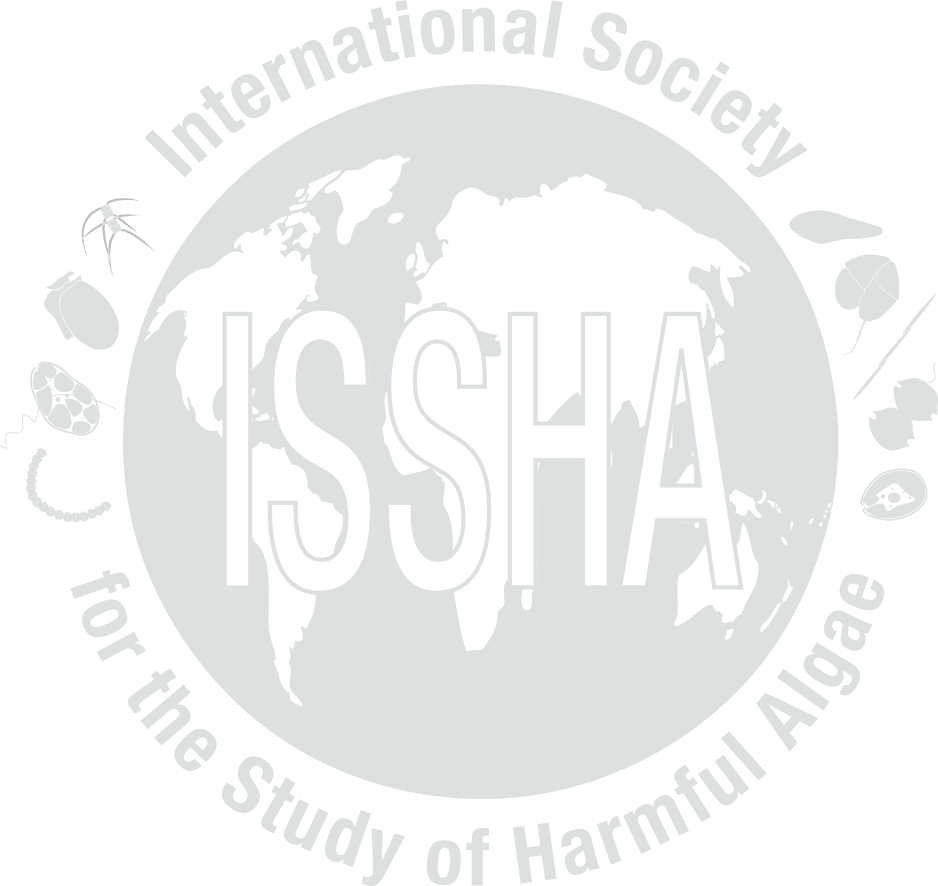


| Event name: | ZAF-98-001 | |
| Country: | SOUTH AFRICA | |
|
Nature of the harmful event: |
Water Discoloration , High Phyto concentration | |
|
Event directly affected: |
Shellfish | |
| Toxicity detected: | No | |
| Associated syndrome: | OTHER | |
| Unexplained toxicity: | No | |
| Species implicated in toxin transmission (transvector): | ||
| Report the outcome of a monitoring programme: | No | |
| Event occurred before in this location: | Yes (Feb/ March 1997) | |
| Individuals to contact: | MANSFIELD, Lisa | |
| Location: | Latitude: -33.007500, Longitude: 18.004722 | |
| General location information: |
Saldanha Bay, West Coast HAB Area code(s): ZAF-01 |
|
| Additional location information: | Line of 6 stations through bay-lagoon area from Langebaan to Small Bay in Saldanha Bay | |
| Bloom event dates (yyyy/mm/dd): |
Event Date:1998-03-11 Start: 1998-02-01, End: 1998-03-31 |
|
| Quarantine levels dates (yyyy/mm/dd): | ||
| Additional date-related information: | Sampling (6 stations) done on 11 March 1998. | |
| Causative organism known: | Yes | |
| Causative Species/Genus: |
Aureococcus anophagefferens
(1-3x10e9 cells/L)
|
|
| Co-Ocurring Species/Genus: | ||
| Chlorophyll concentration, if known: | 21.3-41.0 µg/l | |
| Additional bloom information: | Max concentrations of Aureococcus, with Chl a levels in excess of 40µg/m3, were confined to the thermocline in the Bay (stas 6-9). | |
| Event-related bibliography: | PROBYN, T.A., BERNARD, S., PITCHER, G.C and R.N. PIENAAR 2010 – Ecophysiological studies on Aureococcus anophagefferens blooms in Saldanha Bay, South Africa. Harmful Algae, 9: 123-133. | |
|
||||||||||||||||||||||||||
| Nutrient information: | ||||||||||||||||||||||||||
| Temperature Range During Event: | Max: °C, Min: °C | |||||||||||||||||||||||||
| Salinity Range During Event: | ||||||||||||||||||||||||||
| Bloom location in the water column: |
Surface Subsurface |
|||||||||||||||||||||||||
| Growth: | ||||||||||||||||||||||||||
| Growth Comments | ||||||||||||||||||||||||||
| Additional Environmental information: | The presence of a brown tide bloom in the greater Saldanha Bay system during Feb/Mar 1998 indicates an ability to persist in deeper waters subject to higher flushing rates, of the order of a week. | |||||||||||||||||||||||||
|
|||||||
| Kit used: | Type of kit used: | ||||||
| Additional information: | |||||||
| Economic losses: | |||||||
| Management decision: | |||||||
| Additional harmful effect information: | |||||||
